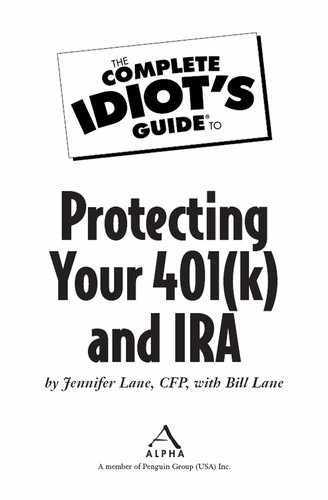Setting Your Savings Target
Retirement plans have two basic characteristics—they act as a basket to help manage and organize your retirement savings, and they provide tax and employer incentives to help grow your nest egg. You should have two savings targets to match. The first job of your retirement plan helps make sure your savings meet your retirement goal, and the second helps you take advantage of money-saving and investment-boosting tax as well as employer benefits.
How Much to Save
Making regular savings a part of your everyday budget is a huge part of financial security, yet it is something almost everyone has struggled with at one time or another. The mantra “pay yourself first” is hard to follow when the bills are due and the paychecks don’t quiet reach from payday to payday. If you’re feeling stressed about accumulating regular savings for emergencies, let alone being able to save for retirement, and are sure you have no way to start, then start with these basic steps:

Nest Eggs
If you focus on saving and investing for retirement when you’re young, you’ll give yourself an advantage if you later want to reduce the pace during the high-cost childrearing years. Having a savings focus will also help you avoid building a lifestyle that takes your entire paycheck to maintain.
1. Make a list of all your expenses from the past month.
2. Divide the list into three categories: must have, like to have, and don’t really need, and then total up each category.
3. Answer the question: what can I modify in the “don’t really need” column so I can put that money toward savings?
These steps may appear pretty simple—and they are—but it’s surprising how few people try this exercise on a regular basis. Little expenses can grow into big bills if you don’t keep an eye on your total spending, and this exercise helps you identify places where you may have space to save. Run through these steps a couple times a year to keep yourself in check. Adding 1 percent to your savings account and 1 percent to your retirement fund will make a huge difference to you, both financially and in terms of an emotional sense of security and control. If you take money from something you don’t really need, you won’t even miss it.
There are many calculators online and in books to help you figure how much you should be targeting to save for retirement, and you’ll find more details and calculators in Chapter 7. As a rule of thumb, though, you should target saving 15 percent of your gross pay toward retirement savings. This includes all the money you put into your personal IRAs or Roth IRA accounts, as well as your retirement plans at work and the amount your employer matches.
And while you’re attending to your retirement savings, don’t threaten that plan by not having emergency savings available. Set up a direct payroll deposit to savings of at least 2 percent of your gross pay. This will create a pool of cash to draw from for the unexpected, without having to deplete your retirement savings.
Getting the Match and Other Benefits
Your company match is a huge employee benefit. This is the amount your employer offers to contribute to your workplace retirement plan to match some of the money that you contribute. Your goal should be to deposit enough of your paycheck into your work retirement plan to at least earn the employer match. After all, it’s free money!
Some employer retirement contributions take the form of matching your deposits, dollar-for-dollar, up to an amount equal to a certain percent of your pay, often 3 percent. Some employers put the bar a little higher and offer to match half of the first 6 percent that you contribute, up to a maximum of 3 percent of your pay. Be sure you understand how the match is calculated. In the first case, you’d only need to put in 3 percent to get the full match. In the second case, you’d need to contribute 6 percent of your pay to get their full 3 percent match.
Some employers make a profit-sharing contribution as a lump sum contribution to your retirement account at the end of the year. The term profit sharing sounds like an employer has to contribute to the plan only if he has a profit, but it really means that he’s opted to decide on a year-by-year basis whether or not, and how much, he’ll contribute.

Nest Eggs
Sometimes it can seem like the amount you’re able to save or put toward a retirement plan is too small to make a difference, but every little bit helps and small amounts can accumulate fast. Think of it as “snowflaking” your account. Contributing small amounts very often, as in a winter snowstorm, can accumulate into something huge.
Profit sharing isn’t directly related to how well the company is doing, but it’s probably safe to assume that the employer won’t spend the money to contribute to the plan if he’s not doing well. Some companies make profit-sharing contributions even if the employee hasn’t contributed to the plan himself, but he has to have at least opened an account. So check the plan document the company gives you each year, and ask questions to be sure your account is set up correctly to qualify for this retirement assist.
Pay attention to the plan vesting schedule, as well. The vesting schedule dictates when the money your employer contributes becomes fully yours, even to take with you if you leave the company. If you’re planning on changing jobs, a quick double-check of when your employer’s match will be vested may help you better plan your departure.
..................Content has been hidden....................
You can't read the all page of ebook, please click here login for view all page.
